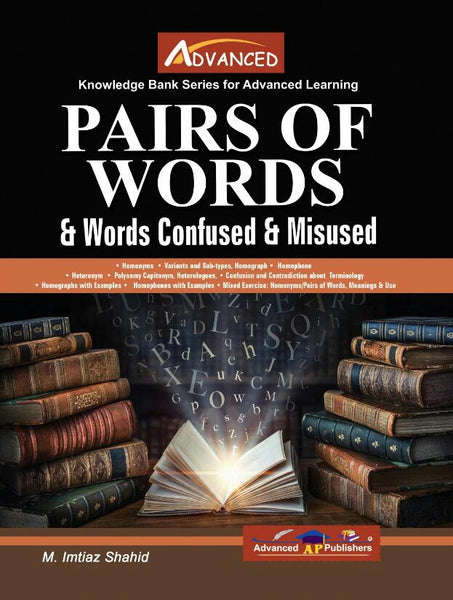THE PROLOGUE TO THE CANTERBURY TALES BY GEOFFERY CHAUCER
- Publisher: FAMOUS PRODUCTS
- Availability: In Stock
- SKU: 06522
- Number of Pages: 482
Rs.800.00
Rs.1,000.00
Tags: character analysis , Geoffrey Chaucer , medieval literature , Middle English , narrative poetry. , pilgrimage , satire , social critique , The Canterbury Tales
The Prologue to The Canterbury Tales, written by Geoffrey Chaucer in the 14th century, serves as an introduction to a series of stories told by a group of pilgrims journeying to the shrine of Saint Thomas Becket in Canterbury. This diverse group, representing different social classes and professions, is united by the goal of telling entertaining tales to pass the time. Chaucer’s work is noted for its vivid characterizations, humor, and its critical insights into the various social strata of medieval England.
Key Points
-
Pilgrimage Setting: The Prologue introduces a group of 29 pilgrims traveling from the Tabard Inn in Southwark, near London, to Canterbury. The pilgrimage provides a framework for the storytelling competition that unfolds.
-
Narrative Style and Language: Chaucer writes in Middle English, using rhymed couplets. The language reflects a blend of humor, satire, and keen observation, making it accessible yet richly detailed.
-
Diverse Cast of Characters: Each pilgrim represents a different profession or social class, such as the Knight, the Wife of Bath, the Pardoner, and the Miller. Chaucer provides a detailed portrait of each character, highlighting their traits, flaws, and peculiarities.
-
Knight’s Honor vs. Corruption: Chaucer contrasts noble and corrupt characters, like the honorable Knight, who embodies chivalric ideals, with the more unscrupulous figures like the Pardoner, who openly admits to selling fake relics.
-
Critique of the Church: Several characters reflect Chaucer’s critical views of the Church. Figures like the Monk, the Friar, and the Pardoner demonstrate moral corruption within the religious institution, illustrating how some church officials exploit their positions.
-
Humor and Satire: Chaucer employs humor and satire to expose the hypocrisy and vice of his characters. For instance, the Wife of Bath is a humorous yet biting critique of social norms concerning marriage and gender.
-
The Role of Social Class: The Prologue presents a cross-section of medieval society, from nobility to the working class. This diversity allows Chaucer to comment on the virtues and vices prevalent in each class, highlighting the universal human nature.
-
Themes of Appearance vs. Reality: Chaucer often contrasts how characters present themselves versus their true behavior or intentions. This theme is particularly evident with figures like the Prioress, who appears modest but is preoccupied with appearance.
-
The Host’s Role as Organizer: Harry Bailly, the Host of the Tabard Inn, proposes the storytelling competition, offering a prize to the best storyteller. He serves as the unifying figure who keeps the group’s dynamics lively and organized.
-
Influence on English Literature: The Canterbury Tales is one of the earliest works written in vernacular English, setting a precedent for English literature and influencing storytelling traditions. Chaucer’s use of character-driven storytelling and satire paved the way for future writers.
Conclusion
The Prologue to The Canterbury Tales is a masterful introduction that sets the stage for a series of stories reflecting the complexities and contradictions of medieval society. Chaucer’s sharp social critique, combined with his vivid characterizations and humorous tone, provides readers with insights into the lives, values, and vices of his time. This foundational text remains a celebrated piece of English literature for its innovation, wit, and relevance.
════ ⋆★⋆ ════
Writer ✤ GEOFFERY CHAUCER
Publisher ✤ FAMOUS PRODUCTS
























